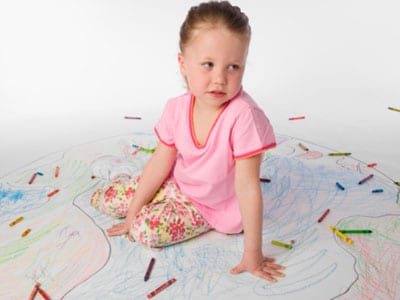Children are natural explorers, so providing them with experiences and activities that stimulate their senses will fascinate them. Remember that almost any interactive or hands-on sensory experience will have greater resonance than a cultural or educational video. Follow the philosophy of early childhood specialist Howard Gardner, who developed the theory of multiple intelligences, and orchestrate experiences geared toward the various types of learning: musical, visual, kinesthetic, linguistic, interpersonal, naturalistic, mathematical and intrapersonal.
Gardening
Children thrive as they learn to make plants thrive. Creating a garden–be it windowsill or a major area–engages the naturalist in children. Being outdoors using their hands to plant, dig and water provide concrete learning experiences. They can also use gardening tools in the sandbox.
Cooking
Cooking projects appeal to the visual, mathematical and interpersonal traits in children. You can try simple child-directed recipes such as smoothies, fruit salad and sandwiches, or more complex recipes with teacher guidance, such as muffins or pancakes. Complement a cooking project by using boxes to create a pretend kitchen. You can extend the experience by role-playing cooking activities with utensils at the sandbox or with water.
Art
Children are natural artists, because they are more interested in process as opposed to results. Painting is a favorite. If you fear the mess, set up an easel outside and add liquid soap to tempera paint to increase washability. Play-doh is another favorite. Many children are interested in its properties of transformation, appealing to naturalists and visual learners.
Music
Nursery rhymes, clapping games, counting, patterned books, song, dance and sound play are stimulating for children. Create open-ended activities playing music together or staging a dance party. These activities appeal to musical, mathematical, interpersonal, intrapersonal and kinesthetic learning styles.
Walks
All learning styles benefits from outings, be they a neighborhood stroll, a hike through the wilderness or a walk by street-side cafes and boutiques. Stroller babies love to have the canopy up as they gaze at trees overhead, and toddlers relish showing off newfound skills to passersby on the street. Older children may require more coaxing, but once they are free of the confines of the house they usually find places or objects of interest. Bring a sketchpad, camera or journal, and children can record their adventures for prosperity.





